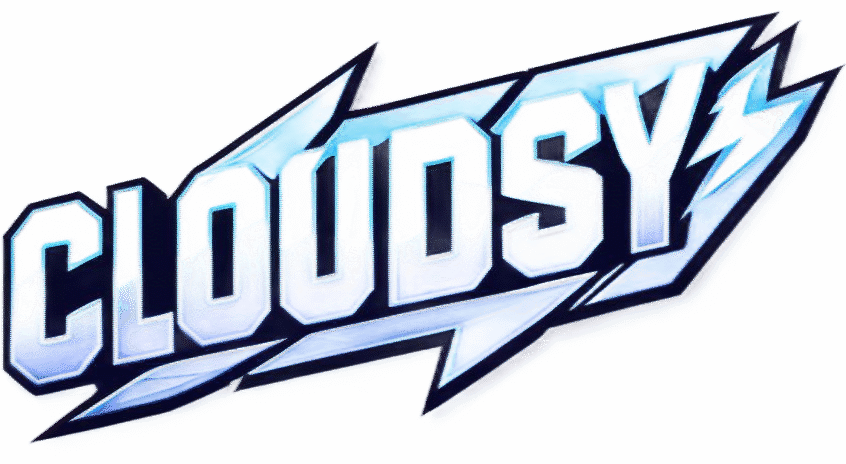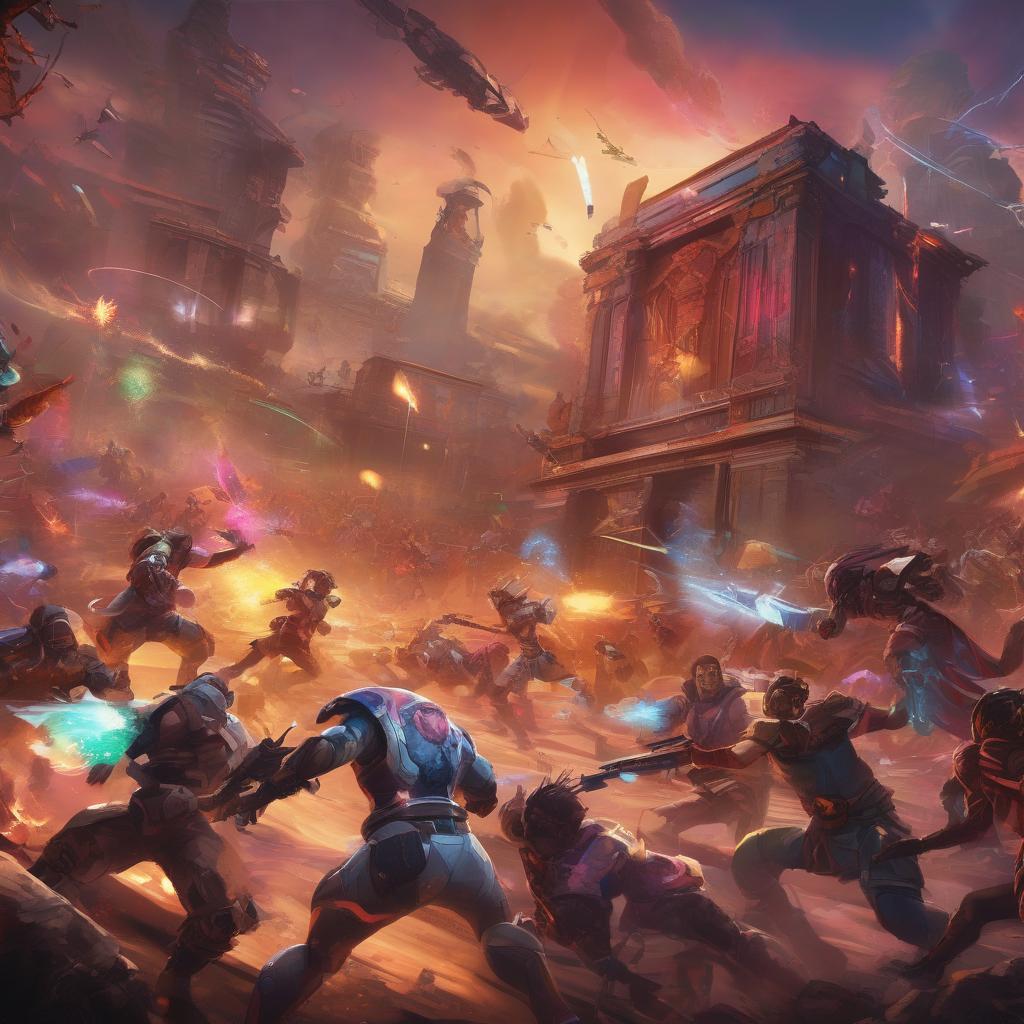There’s something about MOBA games that keeps dragging people back in. Maybe it’s the thrill of strategy, the pure chaos of five-on-five battles, or simply the never-ending adventure. If you’re not familiar with the term “MOBA,” it stands for Multiplayer Online Battle Arena, a genre that’s made a massive impact on the gaming world. These games, like League of Legends and Dota 2, have been dominating player screens for years. It’s a mix of action and real-time strategy, with a kind of tug-of-war feeling as two teams battle to dominate the map.
History and Evolution of MOBA Games
Let’s rewind a bit. The roots of MOBA games trace back to custom maps from RTS games like Warcraft III. Players took sandbox tools and crafted something new. The genre really became its own thing in the mid-2000s, and by the time League of Legends hit the scene in 2009, MOBA was a full-blown phenomenon.
The Beginnings: Modding Culture
The early days were all about experimentation. Modders took to games like StarCraft and Warcraft III, creating custom maps that laid the groundwork. Wikipedia explains this era well. It was like a sandbox for creativity, leading to what we now know as MOBA games. It’s fascinating how much influence a handful of passionate players can have on game development.
Rising Popularity: The Big Players
By the time League of Legends and Dota 2 entered the arena, a new era began. These games were polished, competitive, and easy to pick up yet difficult to master. Forbes discusses how these games have become crucial to gaming’s future. They’re not just games; they’re platforms for eSports, community, and content creation. The stakes got higher, not just for the players but for the entire gaming ecosystem.
Core Elements of a MOBA Game
What makes a MOBA, well, a MOBA? There are a few key elements that keep players glued to their screens.
Heroes and Abilities
At the heart of every MOBA is the roster of heroes. Each hero comes with unique abilities, strengths, and weaknesses. Players pick their favorite and, over time, develop strategies around them. It’s not just about choosing a character; it’s about mastering them.
The Map
Maps in MOBA games are battlegrounds with distinct lanes and jungle areas. The three-lane map is iconic, often featuring towers that teams must defend or destroy. The layout might seem simple, but it’s a complex chessboard where every move counts.
Objectives and Strategy
Victory isn’t just about defeating opponents. It’s about achieving objectives, timing attacks, and working as a team. Whether taking down towers or securing a game-changing buff, strategy plays a huge part.
Popularity and Cultural Impact
MOBA games have grown beyond gaming. They’ve become a cultural phenomenon with massive fanbases, competitive leagues, and dedicated communities.
eSports and Competitive Play
The eSports scene exploded thanks to MOBA games. Tournaments like The International for Dota 2 and Worlds for League of Legends attract millions of viewers. Prize pools reach eye-watering amounts, and players become celebrities. It’s not just about playing; it’s about performing and entertaining.
Community and Content Creation
The community around MOBA games is vibrant. From streamers to cosplayers, content creation is vast. Players share tips, strategies, and hilarious moments. Communities thrive on platforms like Reddit and Discord, where fans can connect and share their passion. Sites like Cloudsy offer insights and discussions, keeping the community engaged.
Challenges and Criticisms
No genre is without its challenges. MOBA games face their own set of issues, from player toxicity to the steep learning curve.
Player Behavior
Toxicity can be a problem in competitive games. The competitive nature often leads to frustration and less-than-pleasant interactions. Gaming companies are constantly working on ways to improve community behavior through better reporting systems and encouraging positive play.
Learning Curve
For newcomers, MOBA games can seem overwhelming. There’s so much to learn: hero abilities, map strategies, item builds. The list goes on. While this depth is what makes the games rewarding, it can be a barrier for new players.
The Future of MOBA Games
Where do MOBA games go from here? They’re already a staple in the gaming world, but the future holds more.
Innovation and Technology
As technology evolves, so too will MOBA games. New mechanics, improved graphics, and more immersive experiences could change how players engage with these games. Expect more integration with virtual reality and AI, pushing the boundaries of interactive entertainment.
Expanding into New Markets
The growth potential in emerging markets is significant. Mobile MOBA games are gaining traction, bringing high-quality gaming experiences to a broader audience. It’s about making these games accessible to players worldwide, breaking down barriers and expanding the player base.
| Game | Release Year | Active Players (Monthly) |
|---|---|---|
| League of Legends | 2009 | 125 million |
| Dota 2 | 2013 | 11 million |
| Arena of Valor | 2016 | 100 million |
In the end, MOBA games are more than just a trend. They’re a significant part of gaming culture, with a passionate community that continues to grow. The strategy, excitement, and community collaboration are a big draw. And who knows where they’ll head next?
FAQs
- Q: What makes a MOBA different from other multiplayer games?
A: It’s the blend of strategy and action, along with the team-based objective gameplay that sets MOBA apart. Think chess meets capture the flag.
- Q: Why are MOBA games so popular in eSports?
A: They offer intense, strategic gameplay that’s thrilling to watch. The teamwork and skill involved make for captivating competitions.
- Q: How can I improve at MOBA games?
A: Practice, watch tutorials, and play with a team. Learning from more experienced players can help you understand strategies and hero mechanics.
- Q: Are there mobile versions of MOBA games?
A: Yes, games like Arena of Valor and Mobile Legends bring the MOBA experience to smartphones, perfect for gaming on the go.
- Q: Do MOBA games require a powerful PC?
A: Not necessarily. Many are optimized to run on mid-range systems. However, higher specs can enhance your gaming experience with better graphics and performance.


